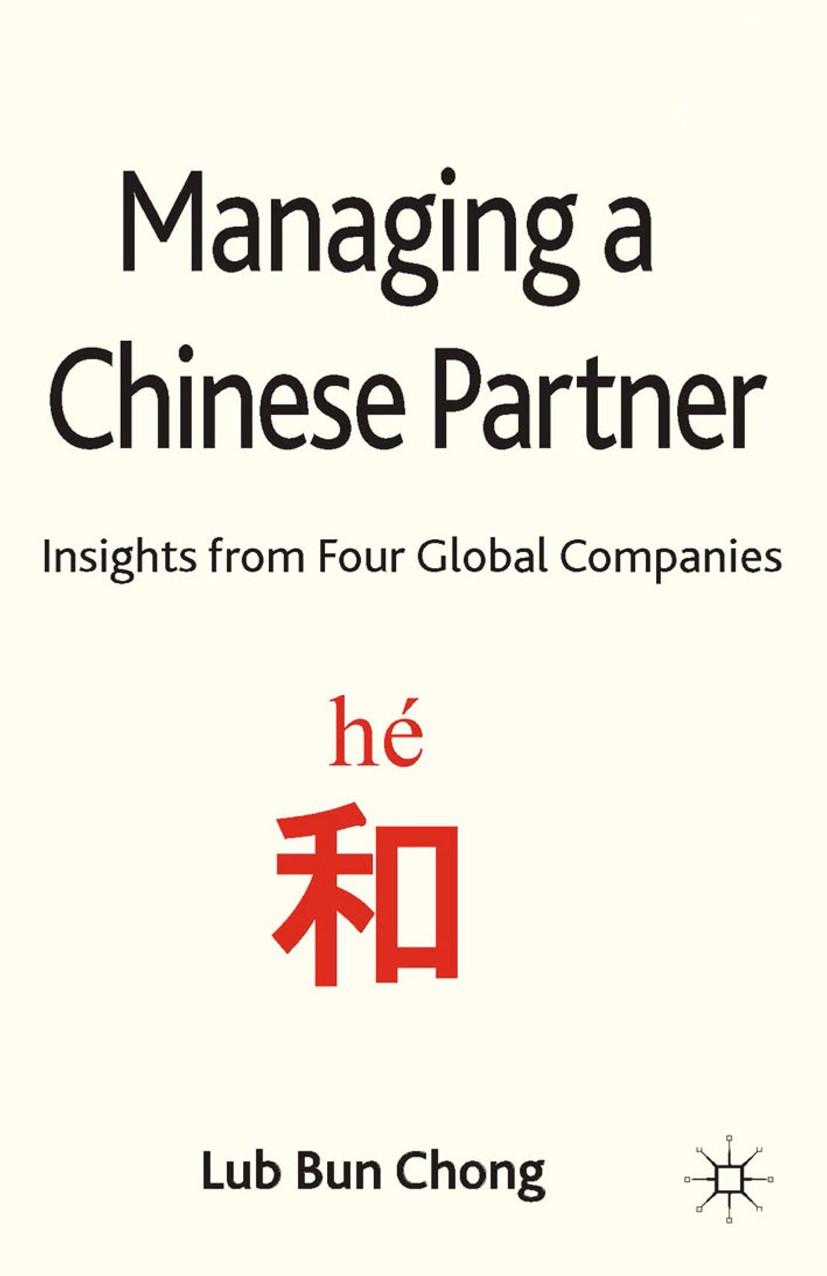| 书目名称 | Managing a Chinese Partner | | 副标题 | Insights from Gobal | | 编辑 | Lub Bun Chong | | 视频video | http://file.papertrans.cn/624/623255/623255.mp4 | | 图书封面 |  | | 描述 | By drawing on the experiences of Danone, Nestlé, Coca-Cola and SABMiller, this book provides an insight into why and how the managing a Chinese Partner can deliver value for a joint venture in China, a goal shared by many but achieved by few. | | 出版日期 | Book 2013 | | 关键词 | care; China; joint venture | | 版次 | 1 | | doi | https://doi.org/10.1057/9781137005823 | | isbn_softcover | 978-1-349-43485-5 | | isbn_ebook | 978-1-137-00582-3 | | copyright | Palgrave Macmillan, a division of Macmillan Publishers Limited 2013 |
The information of publication is updating

|
|
 |Archiver|手机版|小黑屋|
派博传思国际
( 京公网安备110108008328)
GMT+8, 2025-11-15 05:49
|Archiver|手机版|小黑屋|
派博传思国际
( 京公网安备110108008328)
GMT+8, 2025-11-15 05:49


